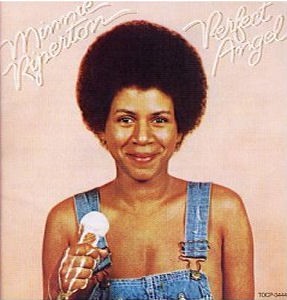Minnie Julia Riperton Rudolph born November 8, 1947 – July 12, 1979)
Known professionally as Minnie Riperton, she was an American singer-songwriter best known for her 1975 single “Lovin’ You”. She was married to songwriter and music producer Richard Rudolph from 1972 until her death in the summer of 1979. They had two children: music engineer Marc Rudolph and actress/comedienne Maya Rudolph.
It is very sad one anyone dies young but she left the world with two children and at least one great song.
EXERCISE using the same chords as those used in ‘Lovin’ You’.
Since this is all about pianos I have written this exercise as a tribute and it is also great fun to play around with. I use it for two things; improvisation and also pedal practice the latter of which I will explain here and the former at a later date.
The Sustaining Pedal
When you start trying to use the sustaining pedal it is quite a large added complication on top of using your hands so I always recommend playing some simple left hand chords alone so that the pedaling process can be fully understood and mastered. The aim is to make each note, or chord as in this case, join seamlessly to the next, but, very importantly, without the notes overlapping and possibly clashing.
First learn the notes of this exercise, the first chord is conveniently FACE and then you simple move it down one step for each chord change. The best fingering is 5421 although some of you will find that the 3rd finger may want to play instead of the 4th, I would still recommend sticking with the 5421 if you can.
Next; depress the sustaining pedal as you play the first chord (this does not mean saying something nasty to the pedal it means to push it down). Now here is the important part, when you learn a new piece of coordination make sure you understand and have an order of events in your head. Play the next chord and as soon as the chord goes down the pedal comes up and down. Just like the line written below the clef. So, chord down and pedal up down. Its subtle but just listen to the results and you will soon get a smooth sounding progression.

If you have an electric piano and no sustaining pedal check the back of the instrument and it is likely that you have a socket for a sustaining pedal. This is a good example and not very expensive http://bit.ly/1gvCIfb

Leave A Response